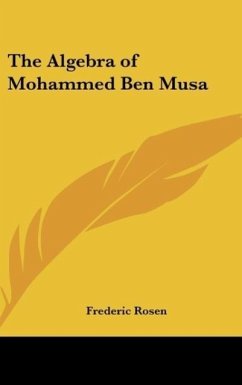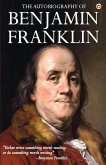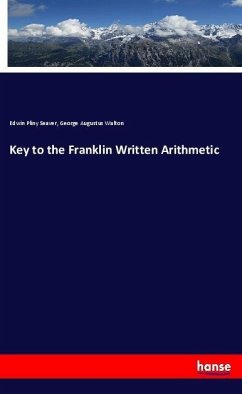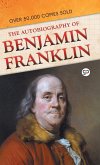When Benjamin Franklin, the 18th-century American statesman and scientist, watched the calming effect of a drop of oil on the waves and ripples of a London pond, he was observing what Pliny the Elder and generations of seafarers had done before him. Franklin, though, was the first to wonder exactly what was happening to the oil, and to investigate this strange phenomenon.
Following Franklin's lead, a motley crowd of scientists over the next two centuries and more chose to investigate the nature of atoms and molecules through the interaction of fluid membranes. They included Lord Rayleigh, an altruistic English Lord, Agnes Pockels, who conducted experiments in her kitchen and became one of the earliest women to make lasting contributions to science, the renowned Dutch pediatrician Evert Gorter, and Irving Langmuir, one of America's greatest industrial
scientists. Building on Franklin's original experiments, their work has culminated in the discovery of the structure of cell membranes, research that continues to bear fruit today.
Ben Franklin Stilled the Waves is far more than the story of oil on water; it is a voyage into the very nature of science and its place in our history.
Hinweis: Dieser Artikel kann nur an eine deutsche Lieferadresse ausgeliefert werden.
Following Franklin's lead, a motley crowd of scientists over the next two centuries and more chose to investigate the nature of atoms and molecules through the interaction of fluid membranes. They included Lord Rayleigh, an altruistic English Lord, Agnes Pockels, who conducted experiments in her kitchen and became one of the earliest women to make lasting contributions to science, the renowned Dutch pediatrician Evert Gorter, and Irving Langmuir, one of America's greatest industrial
scientists. Building on Franklin's original experiments, their work has culminated in the discovery of the structure of cell membranes, research that continues to bear fruit today.
Ben Franklin Stilled the Waves is far more than the story of oil on water; it is a voyage into the very nature of science and its place in our history.
Hinweis: Dieser Artikel kann nur an eine deutsche Lieferadresse ausgeliefert werden.








